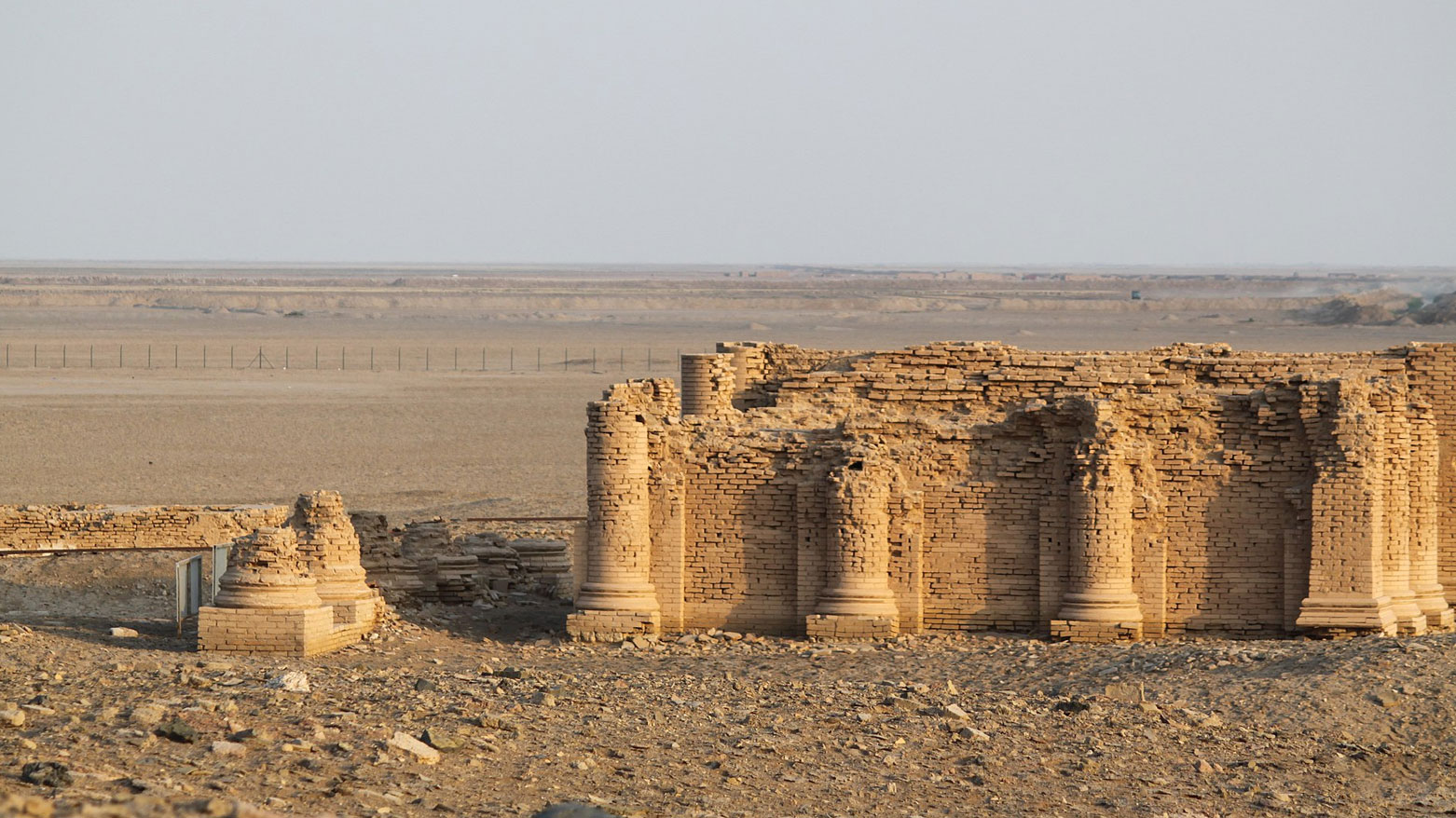Climate Change and Pollution Threaten Iraq’s Archaeological Heritage
Experts warn Iraq's archaeological sites like Ur and Babylon face collapse from climate change and pollution. Rising temperatures, floods, and industrial activity are accelerating erosion of ancient structures built from sensitive materials.

ERBIL (Kurdistan24) – Iraq’s archaeological sites are facing an unprecedented wave of environmental and climatic dangers, prompting growing warnings from experts who say many of the country’s most iconic historical landmarks are now at real risk of collapse. Rising temperatures, recurring floods, dust storms, shrinking vegetation cover, and unregulated industrial activity are accelerating the cracking and erosion of ancient structures, placing Iraq’s millennia-old heritage under severe threat.
Environmental pollution specialist Iqbal Lateef Jaber says Iraq’s archaeological landscape is confronting “deep and complex challenges,” noting that wars, governmental neglect, and rapid climate change have all contributed to the fragility of this cultural legacy.
She explains that extreme heatwaves, sea-level rise, heavy rainfall in some regions, and drought in others collectively have a “direct and dangerous impact” on historical monuments—particularly those built from fragile clay and stone materials.
Jaber adds:
“The materials used to build these sites are highly sensitive to heat, causing them to dry, crack, and discolor. Floodwaters also carry salts and toxic minerals that accelerate the erosion of archaeological structures.”
She further warns that ultraviolet radiation speeds up the breakdown of exterior layers, and that neglect after 2003 left many sites exposed without maintenance, intensifying environmental damage.
Jaber emphasizes that safeguarding archaeological sites requires practical measures—chief among them the creation of green belts composed of tall trees and palm groves around heritage areas.
She stresses that these efforts must be backed by well-funded professional teams of geologists, chemists, and environmental experts tasked with continuous monitoring and maintenance.
Mustafa al-Ghazzi, a lecturer at Wasit University and representative for cultural heritage affairs, warns that uncontrolled industrial expansion and inefficient energy practices have caused pollution, agricultural decline, and the shrinking of vegetation—all factors disrupting local climate patterns.
Al-Ghazzi states:
“Current climate changes are leading to weathering, oxidation, hydration, soil collapse, and the advance of sand dunes—all of which threaten the disappearance of major archaeological sites.”
He notes that several of Iraq’s most important ancient cities and monuments have already suffered noticeable deterioration in recent years, including: (the city of Uruk, the city of Ur, Babylon, Aqarquf, Taq Kasra, the ancient city of Wasit, and Samarra)
According to al-Ghazzi, delays in adopting modern restoration technologies, combined with ongoing neglect, are directly contributing to the decay of this national heritage.
Specialists insist that the government must elevate the protection of archaeological sites to a national priority. They call on the State Board of Antiquities and Heritage to coordinate with ministries, universities, and international organizations to implement scientific procedures and regular restoration work aimed at preserving Iraq’s cultural identity—an identity increasingly threatened by climate pressures and pollution.
Preserving Iraq’s ancient heritage is no longer optional—it has become a vital necessity to protect the country’s historical memory and safeguard the remnants of civilizations that shaped the world.
